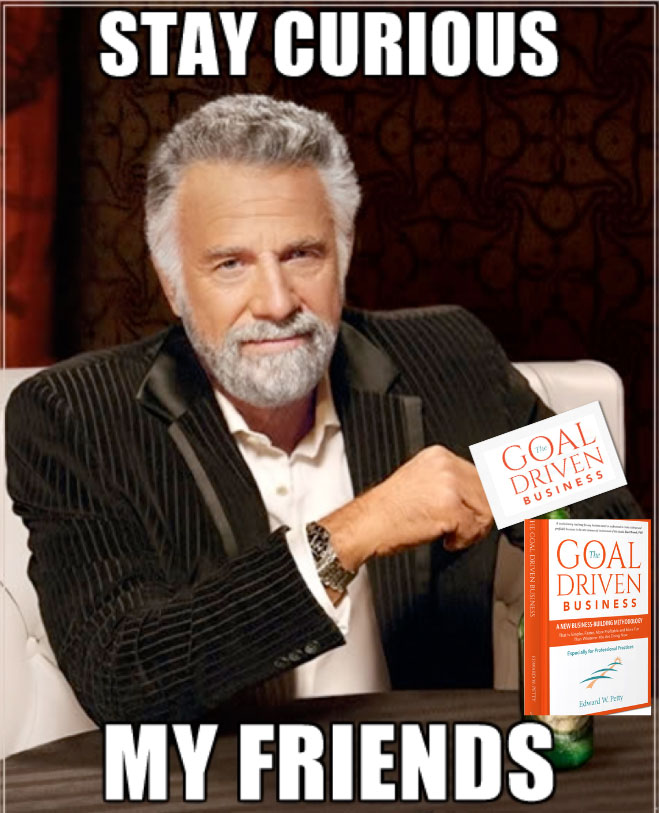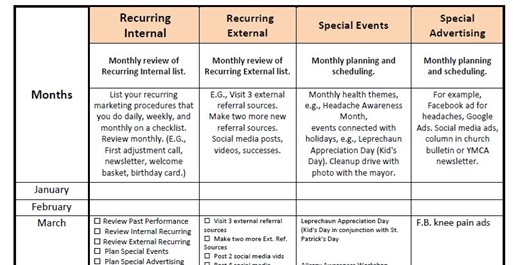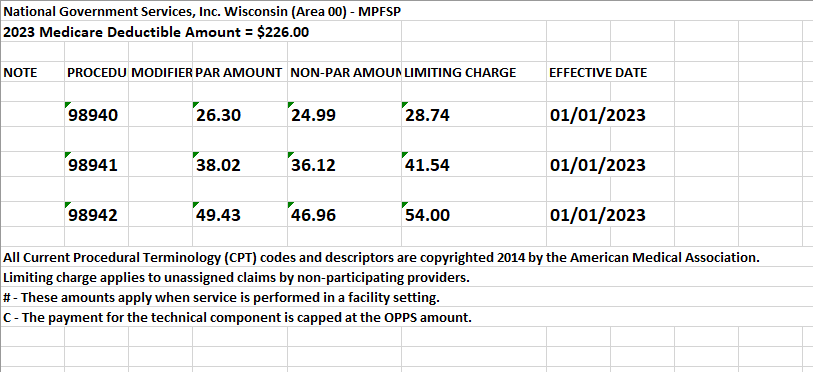 (This is part 2 following the last blog on the best known marketing secret.)
(This is part 2 following the last blog on the best known marketing secret.)
Networking is a marketing method that generates referrals from your direct efforts, from your patients, and from outside referral sources you have established. This is not only the most cost-effective form of marketing for new patients but helps to retain the ones you have.
YOUR PRACTICE IS A NETWORK
If you think about it, your practice itself is a network. A practice is a network of relationships created and sustained through communication and service. This is my definition, though yours could be similar.
Networking is simply creating a connection with another person in which you both share an interest in common and enjoy talking with each other.
Networking is getting to know people — who know people.
But I would also add – getting to know people you are interested in. Effective networking can’t be faked.
THE 4 COMPONENTS OF NETWORKING
I have seen 4 major components of effective networking:
-
Genuine interest in people. The best health networkers are interested in their active patients, inactive patients, and people in their community.
-
Genuine interest in the services they provide. The best networkers are excited about their services and what they can do for people.
-
Give in abundance. Effective networkers are givers. They provide excellent clinical service as well as free assistance, such as health tips, special events, referrals to other providers or services, a book, or a smile. And they educate others about the health subjects their services address.
-
Organization. A structured program needs to be in place to ensure net-working continues.
Venues for Networking
Table Talk. This is your private time with your patient. Be curious about them and how they are doing. Then, tell them about what is interesting to you about their health, about health subjects, and your services. Often, patients may see you for back pain but may not know that you also treat headaches and other issues.
Continue the Table Talk. Follow-up with your custom newsletters. I stress this routinely. You have hundreds, if not thousands, of people you have seen whose trust you have earned. You have started a relationship with them — why neglect it? This is why, for those offices on our new Mastery program (more about this soon!), we insist on sending out personal, customized emails for you monthly.
Social media is fine, but it is different. Posting a success story or an upcoming event is fast and easy. This helps with social proof and brand awareness. I have also seen it useful in short spurts for advertising, driving readers to a lead page, or making a phone call. But organically, few people will see your unboosted post. “If you have 2,000 Facebook fans usually only 2-5 people will see each post you publish” says Stuart Marler from Retriever Digital. (Mail Munch)*
Internal Events. In-house events from workshops on health to organic farming, barbecues, appreciation days, and yoga classes — the ideas are endless. And even if only 3 people show up, well promoted, you create the image that your office is an alive and vibrant health center.
External Events. There are the usual events: the Lions Club pancake breakfast, the local parade, the 5K Walk-Run, the art fair, the County Fair, and all the summer events that local communities host. These are great opportunities to meet new people.
Some doctors network with their church, or their local school affiliation as a high school coach, or with women’s groups like La Leche. Some doctors become involved with an ethnic group, and network with them. Se Habla Espanol? Often the connections are made via the patient.
You can also start creating your group. Visit the autobody shops and create a PI referral network. Or become the go-to source for local ballet, dance, and drama participants. Or, become THE motel chiropractor in town.
ORGANIZING YOUR NETWORKING
Organization. The biggest barrier to networking is a lack of internal structured organization supporting your marketing. I covered this years ago in the Marketing Manager System. Similar to the systems for your front desk and billing departments, you should have routine procedures, stats, and someone in charge of your marketing projects. And they need guaranteed time each week to work on the marketing.
Team. Each member of your team should be a trained and motivated networker – both in and out of the office.
The goal of networking. The goal of networking is the same as the mission of your practice: to help as many people as possible become healthier.
Stay interested and curious — give abundantly and educate.
Let’s do it!
Ed
Need some tips on how to improve your networking? Let’s talk.
* https://www.mailmunch.com/blog/email-marketing-vs-social-media
—————————————————-
If your practice building efforts aren’t taking you to your goals, there are reasons — many of which are hidden from you.
Find out what they are and how to sail to your next level by getting and implementing my new book, The Goal Driven Business.

The Goal Driven Business By Edward Petty









 Effective leaders are, first and foremost, good teachers.
Effective leaders are, first and foremost, good teachers. How to be happier and more prosperous
How to be happier and more prosperous







 Gratitude is not only the greatest of virtues, but the parent of all others.
Gratitude is not only the greatest of virtues, but the parent of all others.